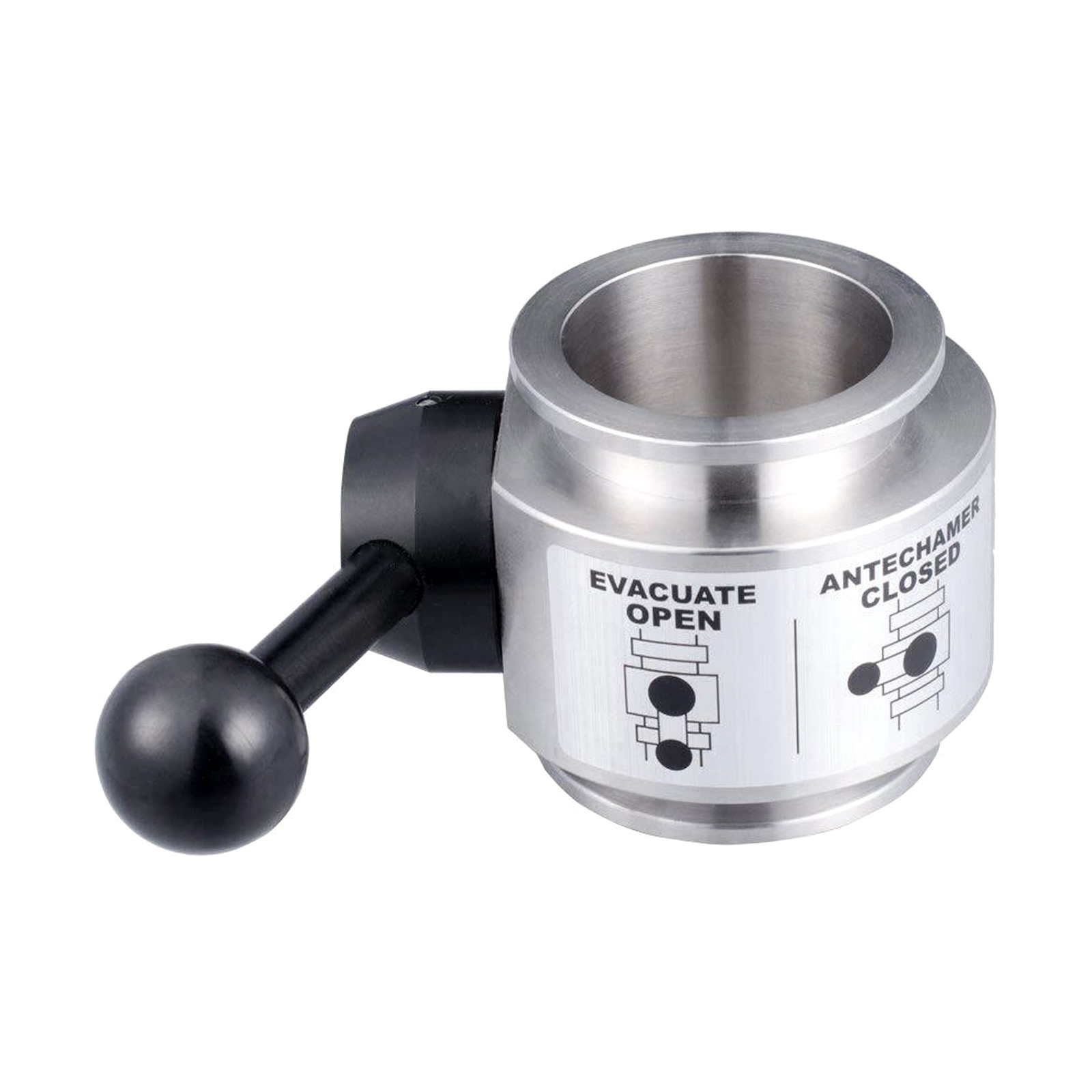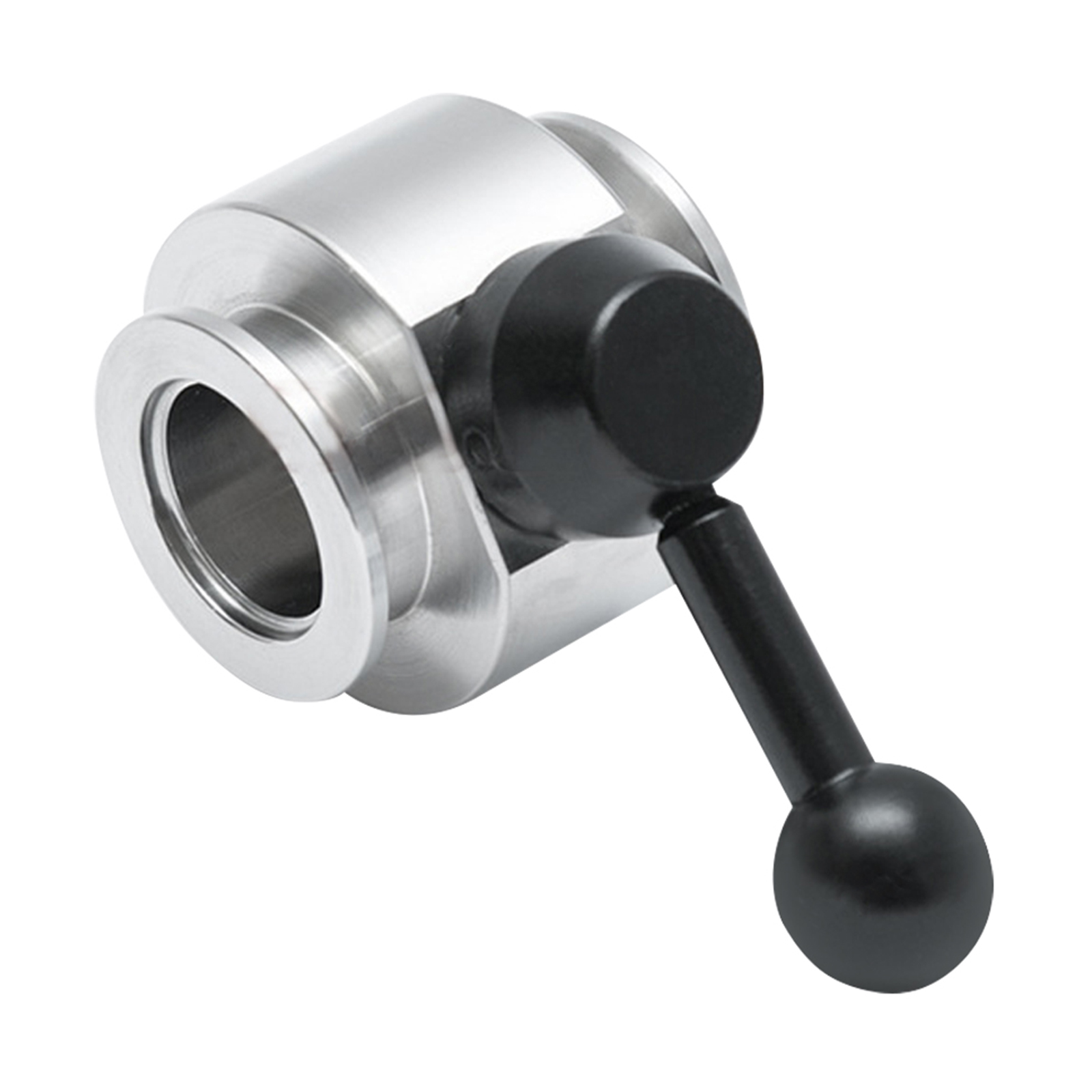
How to Install and Maintain the Pneumatic Ball Valve?
The working principle of pneumatic ball valve:
The ball of the pneumatic ball valve is transformed from a plug valve. Its center is rotated by 90°. The ball rotates around the centerline of the valve body to achieve opening. A circular through hole or channel passes through its axis. When the center of the ball rotates to 90°, the valve is in a tightly closed state. When the actuator is working, the valve can be tightly closed with only a small torque, so that the principle of rapid cut-off can be achieved.
Pneumatic ball valves are mainly used in the rapid cutting, distribution and change of medium flow pipelines. The pneumatic ball valve opens and closes quickly and is suitable for large and small diameters. The use of V-shaped spheres can accurately adjust the media flow. Pneumatic ball valve structure has two distinctions, one is O-shaped ball core, O-shaped ball valve core is a floating precision casting, the diameter of the flow channel is the same as that of the pipeline, and it is mainly used as a cut-off switch. The other is the V-shaped ball core, which adopts a fixed structure with a V-shaped cut on the ball core. After installing a positioner on the actuator, the proportion of fiber-containing and granular media can be adjusted.
Installation and maintenance of pneumatic ball valve:
The pneumatic ball valve is a ball valve with a pneumatic actuator. The execution speed of the pneumatic actuator is relatively fast, the fastest switching speed is 0.05 seconds/time, so it is usually called the pneumatic fast cut-off ball valve. The preparation work of the pneumatic ball valve before installation mainly includes:
- Ensure that the installation position of the pneumatic pipeline ball valve is on the same axis. The two flanges on the pipeline should be kept parallel. Confirm that the pipeline can bear the weight of the pneumatic pipeline ball valve. If it is found that the pipeline cannot bear the weight of the pneumatic pipeline ball valve, Equip the pipeline with corresponding support before installation.
- Confirm whether there are impurities, welding slag, etc. in the pipeline. The pipeline must be purged.
- Check the nameplate of the pneumatic pipeline ball valve, and perform full open and closed operations on the pneumatic pipeline ball valve several times to confirm that the valve can work normally, and then check all the details of the valve thoroughly to ensure that the valve is intact.
- Remove the protective covers at both ends of the valve, check whether the valve body is clean, and clean the inner cavity of the valve body. Since the sealing surface of the pneumatic pipeline ball valve is spherical, even tiny debris may cause damage to the sealing surface.
Installation of pneumatic line ball valve:
- Any section of the pneumatic pipeline ball valve can be installed at the upstream end, and the handle pneumatic pipeline ball valve can be installed at any position of the pipeline. If the pneumatic pipeline ball valve of the actuator (such as gear box, electro-pneumatic actuator) is configured, It must be installed vertically with the valve inlet and outlet in a horizontal position.
- Install a gasket between the pneumatic pipeline ball valve flange and the pipeline flange according to the pipeline design requirements.
- The bolts on the flange should be tightened symmetrically, successively and evenly.
- If the pneumatic pipeline ball valve adopts pneumatic or electric actuators, complete the installation of the air source and power supply according to the instructions.
Inspection after installation of ball valve of pneumatic pipeline:
- After installation, start the pneumatic pipeline ball valve to open and close several times. It should be flexible and uniform, and the pneumatic pipeline ball valve should work normally.
- According to the design requirements of pipeline pressure, test the sealing performance of the joint surface of the pneumatic pipeline ball valve and the pipeline flange after pressure is applied.
Maintenance of pneumatic line ball valve:
- Only by removing the pressure before and after the pneumatic pipeline ball valve, can the pneumatic pipeline ball valve be disassembled and disassembled.
- In the process of disassembling and reassembling the pneumatic pipeline ball valve, it is necessary to protect the sealing parts, especially the non-metal parts, such as O-rings and other parts, it is best to use special tools.
- When reassembling the valve body of the pneumatic pipeline ball valve, the bolts must be tightened symmetrically, gradually and evenly.
- The cleaning agent should be compatible with rubber parts, plastic parts, metal parts and working medium (such as gas) in the pneumatic pipeline ball valve. When the working medium of the imported pump is gas, gasoline (GB484-89) can be used to clean the metal parts. Clean non-metal parts with pure water or alcohol.
- The decomposed individual parts can be cleaned by dipping. Metal parts with undecomposed non-metal parts can be scrubbed with a clean, fine silk cloth impregnated with cleaning agent (to prevent fibers from falling off and adhering to the parts). When cleaning, all grease, dirt, glue, dust, etc. adhering to the wall must be removed.
- Non-metal parts should be taken out of the cleaning agent immediately after cleaning, and should not be soaked for a long time.
- After cleaning, it needs to be assembled after the cleaning agent of the wall surface to be washed evaporates (can be wiped with silk cloth not soaked in cleaning agent), but it should not be left for a long time, otherwise it will rust and be contaminated by dust.
- New parts also need to be cleaned before assembly.
- Use grease to lubricate. Lubricating grease should be compatible with metal materials, rubber parts, plastic parts and working medium of pneumatic pipeline ball valves. When the working medium is gas, for example, special 221 grease can be used. Apply a thin layer of grease on the surface of the seal installation groove, apply a thin layer of grease on the rubber seal, and apply a thin layer of grease on the sealing surface and friction surface of the valve stem.






